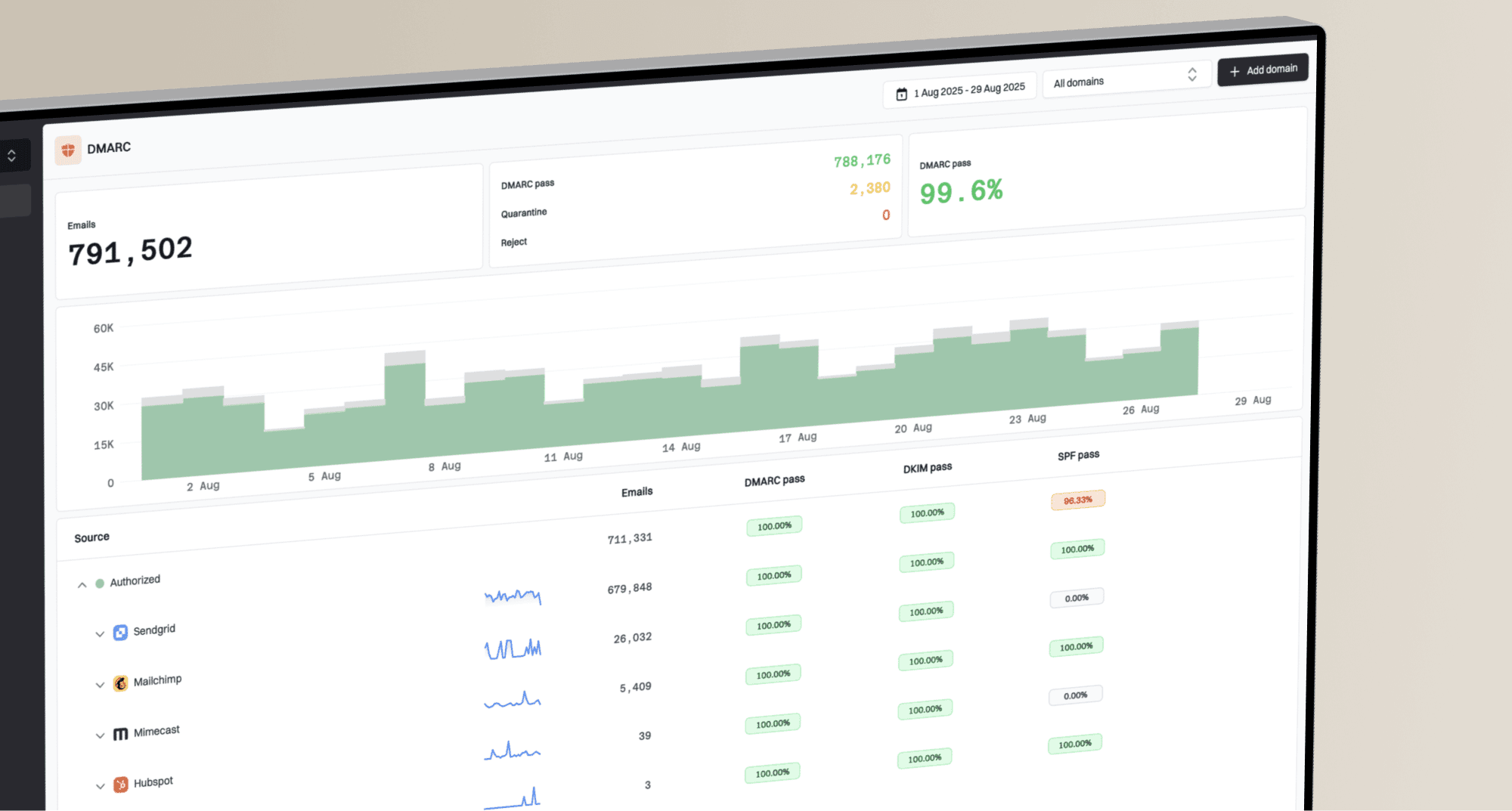How do spam traps and user engagement impact Gmail deliverability, and what list cleaning practices are recommended?

Michael Ko
Co-founder & CEO, Suped
Published 18 Jul 2025
Updated 5 Nov 2025
8 min read

 Gmail that your list quality is poor, which can lead to a decline in key deliverability metrics such as open rates, click-through rates, and overall engagement, even for legitimate subscribers. This is because ISPs use a holistic view of your sending behavior. Mailbox providers, including
Gmail that your list quality is poor, which can lead to a decline in key deliverability metrics such as open rates, click-through rates, and overall engagement, even for legitimate subscribers. This is because ISPs use a holistic view of your sending behavior. Mailbox providers, including  Mailmeteor, consider spam traps and recycled addresses as critical factors that can lead to being blocklisted.
Mailmeteor, consider spam traps and recycled addresses as critical factors that can lead to being blocklisted. Gmail that your content is valuable and desired. Conversely, low engagement (e.g., ignoring emails, deleting without opening, or marking as spam) indicates disinterest. Google's sender guidelines explicitly state their desire for senders to deliver mail that users want to receive. A lack of engagement will lead Gmail to filter your messages into the spam folder, even if your technical setup is perfect.
Gmail that your content is valuable and desired. Conversely, low engagement (e.g., ignoring emails, deleting without opening, or marking as spam) indicates disinterest. Google's sender guidelines explicitly state their desire for senders to deliver mail that users want to receive. A lack of engagement will lead Gmail to filter your messages into the spam folder, even if your technical setup is perfect. Gmail and other mailbox providers that you're not managing your list effectively.
Gmail and other mailbox providers that you're not managing your list effectively. Gmail heavily weighs engagement, the presence of spam traps (or blocklists) in your sending lists is a direct attack on your sender reputation, which in turn negatively impacts your ability to achieve good inbox placement. A clean list ensures that your efforts to generate engagement are directed towards actual, active subscribers, naturally improving your overall metrics and fostering a healthier relationship with
Gmail heavily weighs engagement, the presence of spam traps (or blocklists) in your sending lists is a direct attack on your sender reputation, which in turn negatively impacts your ability to achieve good inbox placement. A clean list ensures that your efforts to generate engagement are directed towards actual, active subscribers, naturally improving your overall metrics and fostering a healthier relationship with  Gmail's filters. We dive deeper into this in our guide on managing inactive email subscribers for Gmail deliverability.
Gmail's filters. We dive deeper into this in our guide on managing inactive email subscribers for Gmail deliverability. Gmail deliverability, proactive list cleaning is essential. This isn't just about removing obvious bad addresses, but also about identifying and managing subscribers who are no longer interested in your content. Regularly maintaining your list helps ensure your emails are reaching real, engaged recipients.
Gmail deliverability, proactive list cleaning is essential. This isn't just about removing obvious bad addresses, but also about identifying and managing subscribers who are no longer interested in your content. Regularly maintaining your list helps ensure your emails are reaching real, engaged recipients. Gmail.
Gmail. Gmail.
Gmail. Gmail deliverability. This involves creating compelling content, segmenting your audience based on their interests and past interactions, and sending emails at optimal times. An engaged audience translates directly into higher open and click rates, which
Gmail deliverability. This involves creating compelling content, segmenting your audience based on their interests and past interactions, and sending emails at optimal times. An engaged audience translates directly into higher open and click rates, which  Gmail interprets as a positive signal for your sender reputation. This virtuous cycle reinforces your standing with mailbox providers and helps your emails consistently reach the inbox.
Gmail interprets as a positive signal for your sender reputation. This virtuous cycle reinforces your standing with mailbox providers and helps your emails consistently reach the inbox. Gmail is more likely to route your emails to the spam folder for all subscribers.
Gmail is more likely to route your emails to the spam folder for all subscribers. Gmail deliverability requires a multi-faceted approach. While Gmail places significant emphasis on user engagement, the presence of spam traps (or blocklists) in your list is an undeniable signal of poor list hygiene that will adversely affect your sender reputation. Regular and thorough list cleaning, coupled with strategic efforts to boost engagement, forms the bedrock of a successful email program. By proactively managing your list and focusing on sending emails that your audience truly wants, you can build a strong reputation and consistently land in the inbox.
Gmail deliverability requires a multi-faceted approach. While Gmail places significant emphasis on user engagement, the presence of spam traps (or blocklists) in your list is an undeniable signal of poor list hygiene that will adversely affect your sender reputation. Regular and thorough list cleaning, coupled with strategic efforts to boost engagement, forms the bedrock of a successful email program. By proactively managing your list and focusing on sending emails that your audience truly wants, you can build a strong reputation and consistently land in the inbox.